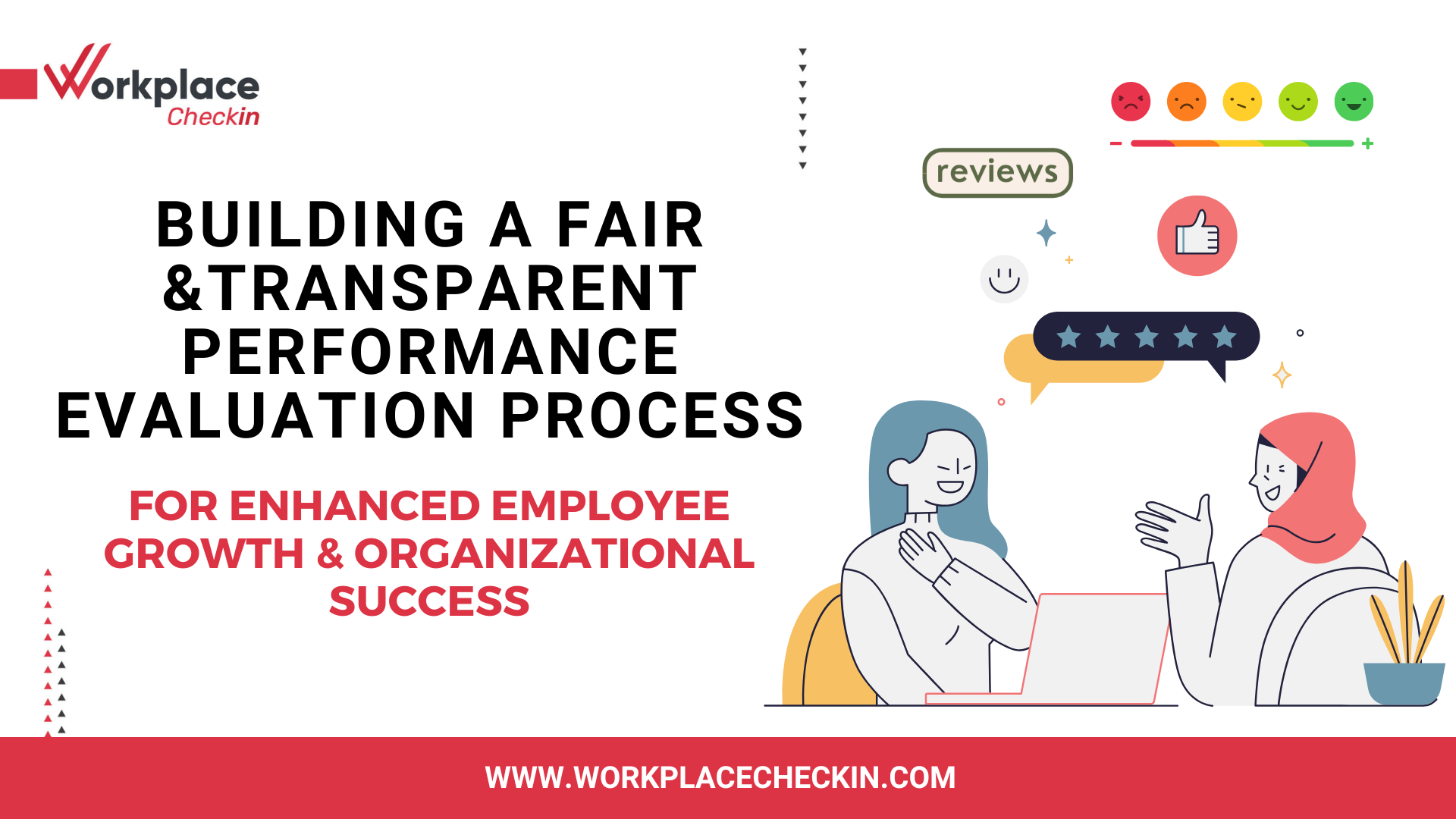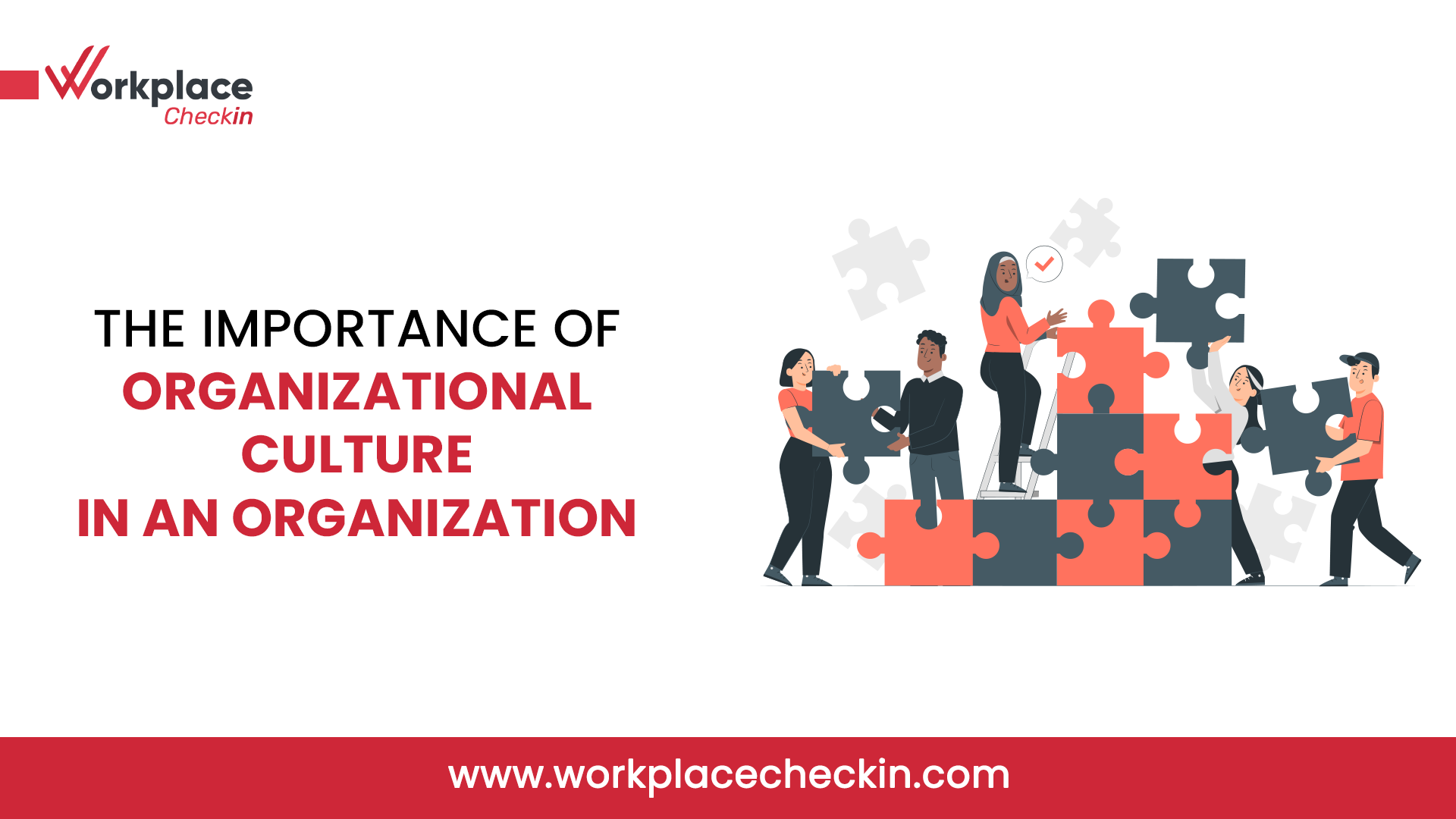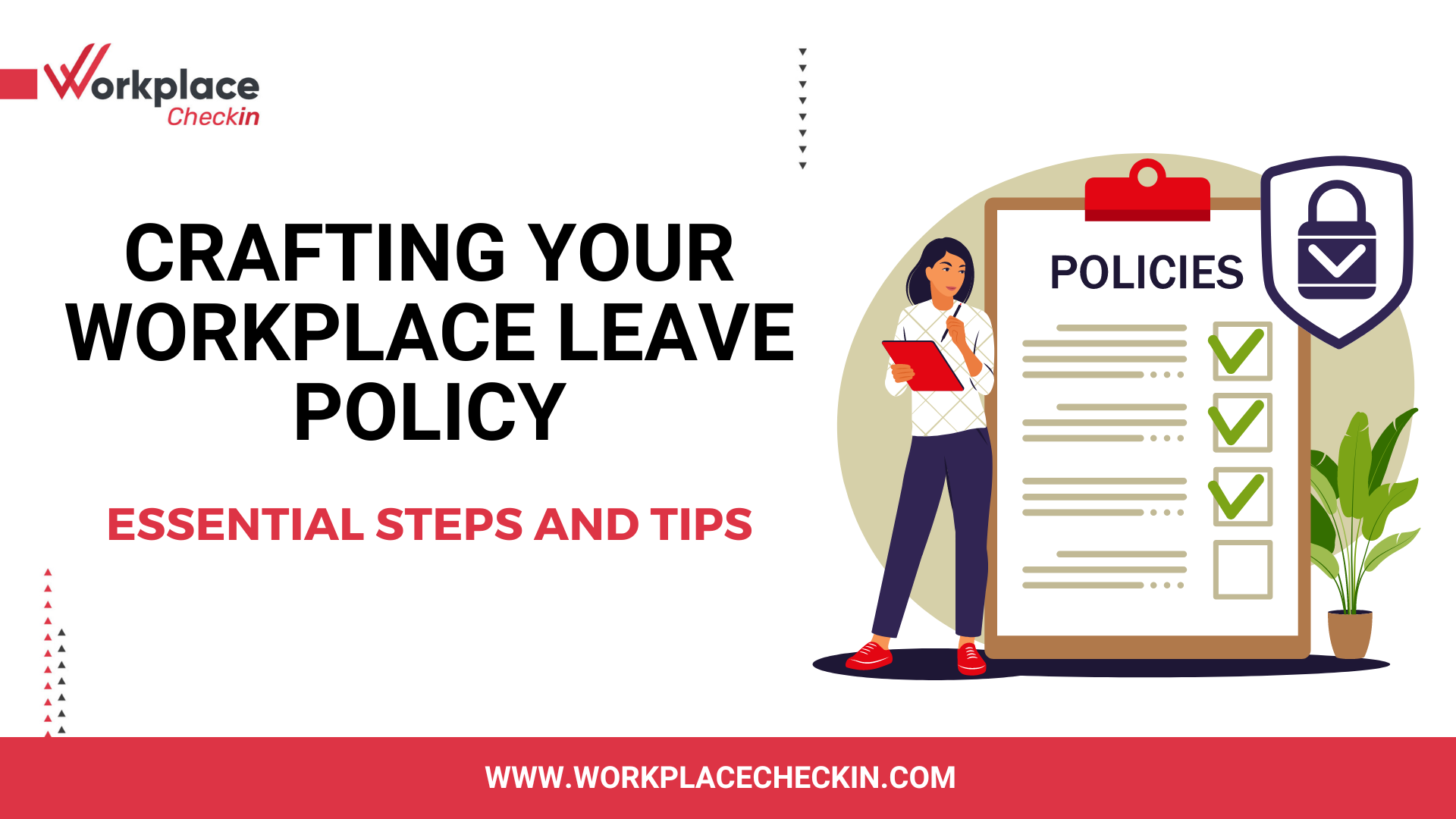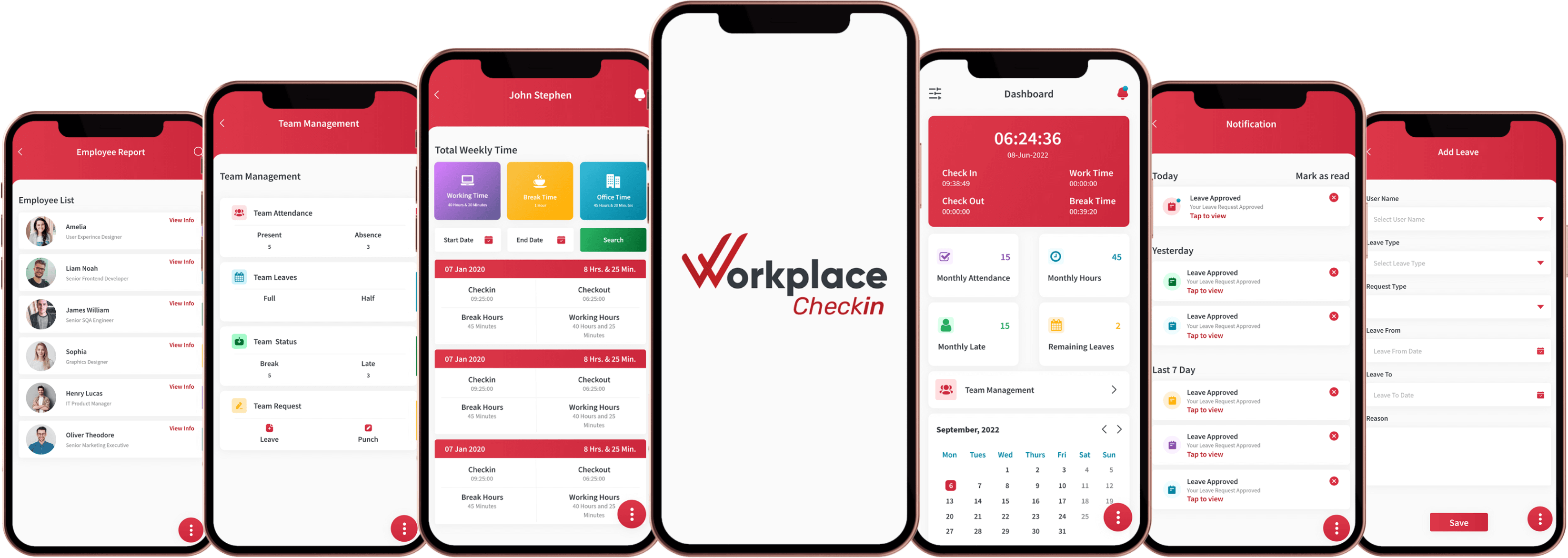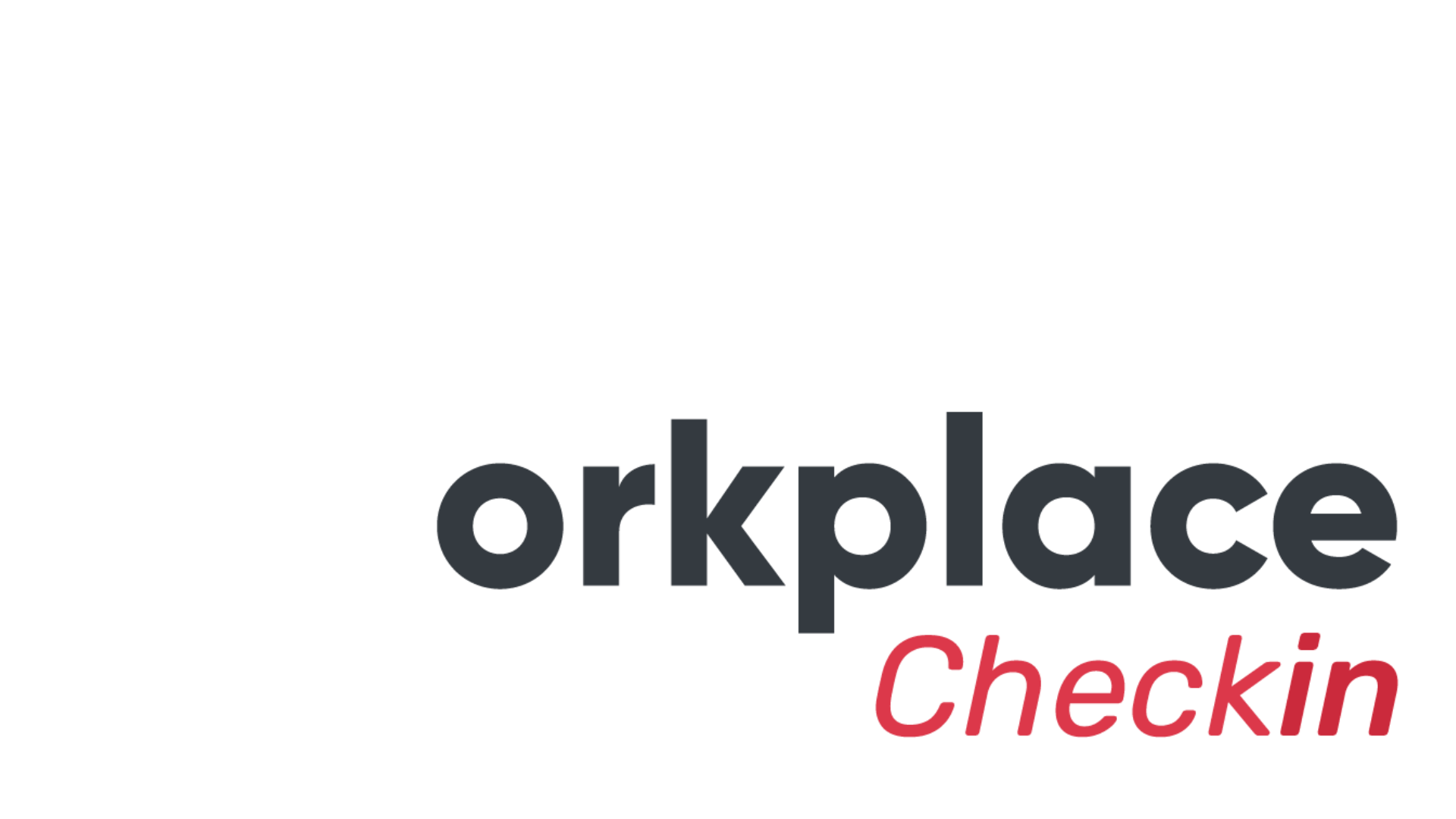

The Power of Upskilling: How Organizations Can Thrive by Investing in Employee Development
In today's fast-paced and ever-evolving business landscape, the importance of upskilling cannot be overstated. As technology advances and industries transform, organizations face the constant challenge of staying ahead of the curve. One of the most effective strategies for achieving this is through upskilling – the process of teaching employee’s new skills or enhancing existing ones to meet the demands of changing roles and technologies.
Upskilling is not just a buzzword; it's a strategic imperative for businesses looking to remain competitive and future-proof their operations. In this blog, we'll delve into the significance of upskilling and explore how organizations can benefit from investing in the development of their workforce.
The Need for Upskilling
The rapid pace of technological innovation is reshaping industries and redefining job requirements. Automation, artificial intelligence, and digital transformation are disrupting traditional workflows and creating a demand for new skills. In this dynamic environment, employees risk becoming obsolete if they fail to adapt to changing job roles and technological advancements.
Moreover, the global economy is increasingly knowledge-driven, with intellectual capital emerging as a key differentiator for organizations. Upskilling enables companies to harness the full potential of their workforce by fostering continuous learning and professional growth. It empowers employees to take on new challenges, embrace innovation, and contribute more effectively to organizational success.

Benefits of Upskilling for Organizations
Increased Productivity and Performance: Upskilling equips employees with the knowledge and tools needed to perform their jobs more efficiently. By investing in relevant training programs, organizations can enhance productivity levels and drive better business outcomes.
Enhanced Employee Engagement and Retention: Providing opportunities for skill development demonstrates a commitment to employee growth and career advancement. This, in turn, fosters greater job satisfaction, engagement, and loyalty among staff members. Employees are more likely to remain with organizations that invest in their professional development.
Adaptability and Agility: In a rapidly changing business landscape, agility is crucial for staying ahead of the competition. Upskilling ensures that organizations have the talent and expertise needed to adapt to emerging trends, technological advancements, and market shifts effectively.
Innovation and Creativity: A well-trained workforce is better equipped to innovate and drive positive change within an organization. By fostering a culture of continuous learning, companies can tap into the creative potential of their employees and generate fresh ideas that propel growth and innovation.
Talent Acquisition and Brand Reputation: Organizations that prioritize upskilling attract top talent seeking opportunities for growth and development. A strong reputation for investing in employee learning and development can also enhance employer branding and serve as a competitive advantage in the recruitment market.
Strategies for Effective Upskilling
To maximize the benefits of upskilling, organizations should implement strategic initiatives tailored to their specific needs and objectives:
Identify Skills Gaps: Conduct regular assessments to identify skill gaps within the organization and determine which areas require upskilling efforts.
Provide Targeted Training Programs: Develop customized training programs that address identified skill gaps and align with business objectives. Utilize a variety of learning methods, including workshops, online courses, mentorship programs, and hands-on training.
Promote a Culture of Learning: Foster a culture that values continuous learning and encourages employees to take ownership of their professional development. Provide resources and incentives to support ongoing learning initiatives.
Support Career Progression: Offer pathways for career advancement and skill progression within the organization. Provide opportunities for employees to apply newly acquired skills in real-world scenarios and take on challenging projects.
Measure and Evaluate Impact: Establish metrics to assess the effectiveness of upskilling programs and track the impact on employee performance, productivity, and business outcomes. Use feedback mechanisms to gather insights and make data-driven decisions for continuous improvement.

Leveraging HR Expertise: A How-To Guide for Upskilling Initiatives in Organizations
In our previous discussion, we explored the importance of upskilling and how it benefits organizations in today's fast-paced business environment. Now, let's dive deeper into how the Human Resources (HR) department can play a pivotal role in driving upskilling initiatives within organizations. From identifying skill gaps to implementing targeted training programs, HR professionals are uniquely positioned to lead the charge in fostering a culture of continuous learning and development. In this guide, we'll outline practical steps that HR departments can take to spearhead successful upskilling efforts.
Step 1: Conduct Comprehensive Skills Assessment
Before implementing any upskilling initiative, it's crucial for HR to conduct a thorough assessment of the organization's current skill landscape. This step serves as the foundation for identifying areas where additional training and development are needed and ensures that upskilling efforts are targeted and impactful. Here's a more detailed breakdown of how HR can conduct a comprehensive skills assessment:
Collaborate with Department Heads and Team Leaders:
HR should engage with department heads, team leaders, and other key stakeholders to gather insights into the specific skills required for various roles within the organization. These discussions can help HR gain a deeper understanding of the skill sets that are essential for driving business success in different functional areas.
Utilize Employee Surveys and Feedback:
Employee surveys and feedback mechanisms are valuable tools for collecting data on existing skills, competency levels, and training needs. HR can design surveys to gather insights from employees about their perceived strengths and weaknesses, as well as their interest in pursuing further training or professional development opportunities.
Analyze Performance Data:
HR can analyze performance data, including performance reviews, employee evaluations, and project outcomes, to identify trends and patterns related to skill gaps. By examining performance metrics and feedback from managers, HR can pinpoint areas where employees may require additional support or training to improve performance.
Consider Future Business Needs:
In addition to assessing current skill gaps, HR should also consider future business needs and emerging industry trends. By staying informed about market developments, technological advancements, and regulatory changes, HR can anticipate the skills that will be in demand in the future and proactively prepare employees to meet those evolving requirements.
Benchmark Against Industry Standards:
HR can benchmark the organization's skill requirements against industry standards and best practices to identify areas of alignment and areas for improvement. This comparative analysis can help HR gain insights into how the organization's skill profile compares to competitors and industry peers and identify opportunities for upskilling to gain a competitive edge.
Document Findings and Create Skills Inventory:
Finally, HR should document the findings of the skills assessment and create a comprehensive skills inventory that outlines the current skill sets within the organization, as well as areas for development. This inventory serves as a reference point for designing targeted upskilling programs and tracking progress over time.
By conducting a comprehensive skills assessment, HR can gain valuable insights into the organization's current skill landscape and identify priority areas for upskilling initiatives. This data-driven approach ensures that upskilling efforts are strategic, targeted, and aligned with the organization's business objectives, ultimately maximizing the impact on employee performance and organizational success.

Step 2: Align Training Programs with Business Objectives
Once HR has conducted a comprehensive skills assessment and identified areas for upskilling within the organization, the next crucial step is to align training programs with the overarching business objectives. This strategic alignment ensures that upskilling initiatives are not only relevant but also contribute directly to the achievement of key organizational goals. Here's a detailed breakdown of how HR can effectively align training programs with business objectives:
Understand Organizational Goals:
HR should collaborate closely with senior management and key stakeholders to gain a thorough understanding of the organization's strategic priorities, objectives, and performance targets. By understanding the broader context in which the organization operates, HR can ensure that upskilling initiatives are directly linked to the achievement of these goals.
Identify Critical Skill Needs:
Building on the findings of the skills assessment, HR should identify the critical skill needs that are essential for driving business success. These may include technical skills, soft skills, leadership capabilities, or industry-specific competencies that are aligned with the organization's strategic direction and future growth plans.
Prioritize Training Areas:
Based on the identified skill needs and business objectives, HR should prioritize training areas that have the greatest potential to impact organizational performance and drive value. This may involve focusing on skills that are directly linked to revenue generation, customer satisfaction, process optimization, or innovation initiatives.
Customize Training Content:
HR should work with learning and development specialists to customize training content and curriculum to address the specific skill requirements identified. Training programs should be designed to provide employees with the knowledge, tools, and resources they need to excel in their roles and contribute effectively to the organization's success.
Align with Performance Metrics:
Training programs should be designed with clear performance metrics and key performance indicators (KPIs) in mind. HR should establish measurable objectives for upskilling initiatives and track progress against these metrics to ensure that training programs are delivering the desired results and driving tangible business outcomes.
Gain Buy-In and Support:
To ensure the success of upskilling initiatives, HR should actively engage with senior leadership, managers, and employees to gain buy-in and support for training programs. Communicating the alignment between training initiatives and business objectives helps build credibility and foster a culture of learning and development throughout the organization.
Regularly Review and Adjust:
Business objectives and priorities may evolve over time, so it's important for HR to regularly review and adjust training programs to ensure ongoing alignment with organizational goals. By staying agile and responsive to changing business needs, HR can ensure that upskilling initiatives remain relevant and effective in driving business success.
By aligning training programs with business objectives, HR ensures that upskilling initiatives are strategic, targeted, and focused on delivering tangible value to the organization. This alignment helps maximize the impact of training efforts, drive employee engagement and performance, and ultimately contribute to the achievement of key organizational goals and objectives.

Step 3: Develop Customized Training Solutions
After conducting a comprehensive skills assessment and aligning training programs with business objectives, the next critical step for HR is to develop customized training solutions tailored to meet the specific needs of employees and the organization. This involves designing and implementing a range of learning experiences and resources aimed at enhancing employees' skills, knowledge, and capabilities. Here's a detailed breakdown of how HR can develop customized training solutions:
Identify Learning Needs:
Building on the findings of the skills assessment, HR should identify the specific learning needs and preferences of employees within the organization. This may involve considering factors such as job roles, skill levels, learning styles, and individual development goals to ensure that training programs are relevant and engaging for participants.
Diversify Training Methods:
Recognizing that different individuals learn in different ways, HR should offer a variety of training methods and modalities to cater to diverse learning preferences. This may include traditional classroom-based training, e-learning modules, webinars, workshops, seminars, on-the-job training, and experiential learning opportunities.
Utilize Blended Learning Approaches:
Blended learning combines multiple delivery methods to create a comprehensive and engaging learning experience. HR should leverage blended learning approaches to integrate online and offline learning activities, maximize flexibility, and optimize learning outcomes. For example, employees may complete pre-recorded online modules before attending in-person workshops or discussions to reinforce learning concepts.
Leverage Internal and External Resources:
HR should leverage a mix of internal expertise and external resources to develop training content and curriculum. Subject matter experts within the organization can contribute valuable insights and real-world examples, while external trainers, consultants, and educational institutions can provide specialized knowledge and industry best practices.
Create Interactive and Engaging Content:
To enhance learning retention and engagement, HR should focus on creating interactive and engaging training content. This may include multimedia presentations, case studies, simulations, role-playing exercises, gamified learning experiences, and collaborative activities that encourage active participation and knowledge sharing among participants.
Tailor Content to Job Roles:
Training programs should be tailored to the specific job roles and responsibilities of employees within the organization. HR should develop role-specific training modules that address the unique skills and competencies required for different positions, ensuring that participants acquire the knowledge and skills needed to excel in their roles.
Provide Ongoing Support and Resources:
In addition to formal training sessions, HR should provide ongoing support and resources to reinforce learning and encourage continuous improvement. This may include access to online learning platforms, self-paced modules, peer-to-peer learning networks, coaching and mentoring programs, and opportunities for skills practice and application in real-world scenarios.
Evaluate and Iterate:
Throughout the development process, HR should regularly evaluate the effectiveness of training solutions and solicit feedback from participants to identify areas for improvement. By gathering insights from participants and stakeholders, HR can iteratively refine training content, delivery methods, and learning experiences to ensure maximum impact and relevance.
By developing customized training solutions tailored to the specific needs and preferences of employees and the organization, HR can create engaging and effective learning experiences that drive skill development, foster employee growth, and contribute to overall organizational success. This approach enables HR to address critical skill gaps, empower employees to excel in their roles, and build a culture of continuous learning and development within the organization.

Step 4: Leverage Technology for Learning Delivery
In today's digital age, technology has revolutionized the way training and development programs are delivered and accessed. HR departments can leverage various technological tools and platforms to enhance the effectiveness, accessibility, and flexibility of upskilling initiatives. Here's a detailed exploration of how HR can effectively leverage technology for learning delivery:
Implement Learning Management Systems (LMS):
Learning Management Systems (LMS) serve as centralized platforms for managing, delivering, and tracking training content and activities. HR can implement an LMS to host online courses, training modules, and resources, enabling employees to access learning materials anytime, anywhere. LMS platforms also offer features such as progress tracking, assessment tools, and reporting capabilities, allowing HR to monitor learner engagement and measure the effectiveness of training programs.
Offer E-Learning Modules and Webinars:
E-learning modules and webinars provide convenient and flexible options for delivering training content to employees. HR can develop interactive online courses covering a range of topics and skills, allowing employees to learn at their own pace and on their own schedule. Webinars enable live, virtual training sessions where participants can engage with subject matter experts, ask questions, and participate in discussions from any location with internet access.
Utilize Virtual Reality (VR) and Augmented Reality (AR):
Virtual Reality (VR) and Augmented Reality (AR) technologies offer immersive learning experiences that simulate real-world scenarios and environments. HR can leverage VR and AR applications to provide hands-on training in high-risk or complex situations, such as technical skills training, equipment operation, or safety protocols. These technologies enhance engagement, retention, and skill mastery by allowing employees to practice and apply knowledge in a safe and interactive virtual environment.
Facilitate Mobile Learning:
Mobile learning, or m-learning, enables employees to access training materials and resources using their smartphones or tablets. HR can develop mobile-friendly content, such as micro learning modules, podcasts, videos, and quizzes, to deliver bite-sized learning experiences that fit seamlessly into employees' busy schedules. Mobile learning offers the flexibility for on-the-go learning, allowing employees to engage with training content whenever and wherever it's convenient for them.
Encourage Social Learning and Collaboration:
Social learning platforms and collaboration tools facilitate peer-to-peer knowledge sharing, discussion, and collaboration among employees. HR can create online communities, discussion forums, or social networking groups where employees can share insights, ask questions, and learn from each other's experiences. These platforms foster a culture of continuous learning and collaboration, enabling employees to support and learn from one another in a collaborative and interactive online environment.
Provide Access to Online Resources and Repositories:
HR can curate and provide access to online resources, repositories, and digital libraries containing a wealth of educational content, articles, research papers, and best practices. Employees can explore these resources to deepen their understanding of specific topics, stay updated on industry trends, and access additional learning materials beyond formal training programs. By offering a curated selection of relevant resources, HR empowers employees to take ownership of their learning and pursue self-directed development opportunities.
Ensure Accessibility and Inclusivity:
When leveraging technology for learning delivery, HR should ensure that training materials and platforms are accessible and inclusive for all employees, including those with disabilities or diverse learning needs. This may involve providing alternative formats, captions, transcripts, or assistive technologies to accommodate different learning styles and preferences. By prioritizing accessibility and inclusivity, HR ensures that all employees have equal access to learning opportunities and can fully participate in upskilling initiatives.
By leveraging technology for learning delivery, HR can create engaging, accessible, and flexible training experiences that meet the diverse needs and preferences of employees. Whether through online courses, virtual reality simulations, mobile learning platforms, or social collaboration tools, technology enhances the effectiveness and reach of upskilling initiatives, enabling employees to acquire new skills, stay current with industry trends, and drive continuous improvement within the organization.
Step 5: Promote a Culture of Continuous Learning
Promoting a culture of continuous learning is essential for fostering an environment where employees are encouraged and empowered to pursue ongoing development opportunities, acquire new skills, and stay ahead in their careers. HR plays a central role in cultivating and nurturing this culture within the organization. Here's a comprehensive exploration of how HR can promote a culture of continuous learning:
Lead by Example:
HR leaders and senior management should lead by example and demonstrate a commitment to lifelong learning. By actively participating in training programs, pursuing certifications, and sharing their own learning experiences, HR sets a positive tone and encourages employees to prioritize their professional development.
Communicate the Importance of Learning:
HR should communicate the importance of continuous learning and development to all employees. This may involve highlighting the benefits of upskilling, such as career advancement opportunities, increased job satisfaction, and enhanced employability. HR can use various channels, such as company-wide emails, intranet announcements, and town hall meetings, to reinforce the message that learning is a valued and integral part of the organizational culture.
Provide Learning Opportunities:
HR should provide employees with a variety of learning opportunities to suit different preferences and learning styles. This may include offering access to online courses, workshops, seminars, conferences, mentorship programs, and lunch-and-learn sessions. By offering a diverse range of learning experiences, HR ensures that employees have options to pursue learning opportunities that align with their interests and career goals.
Support Self-Directed Learning:
Encouraging self-directed learning empowers employees to take ownership of their development journey and pursue learning opportunities that are relevant to their individual goals and interests. HR can provide resources such as online learning platforms, digital libraries, and learning stipends to support employees in their self-directed learning efforts. By fostering a culture that values self-directed learning, HR promotes autonomy, initiative, and personal growth among employees.
Recognize and Reward Learning:
HR should recognize and reward employees who demonstrate a commitment to continuous learning and development. This may include celebrating learning milestones, acknowledging completion of training programs or certifications, and highlighting examples of employees who have applied their new skills to achieve positive outcomes. By recognizing and rewarding learning achievements, HR reinforces the importance of ongoing development and encourages a culture where learning is valued and celebrated.

Promote Knowledge Sharing:
Facilitating knowledge sharing among employees fosters a collaborative learning environment where individuals can learn from each other's experiences and expertise. HR can create opportunities for knowledge sharing through platforms such as internal forums, discussion groups, and peer-to-peer learning networks. By promoting a culture of knowledge sharing, HR enables employees to leverage collective wisdom, collaborate on projects, and drive innovation within the organization.
Encourage Continuous Feedback:
Encouraging regular feedback and reflection helps employees track their progress, identify areas for improvement, and continuously refine their skills and knowledge. HR can facilitate feedback loops through performance reviews, coaching sessions, and informal check-ins with managers and peers. By providing opportunities for continuous feedback, HR supports employees in their learning journey and helps them stay aligned with their development goals
Embrace a Growth Mindset:
Cultivating a growth mindset encourages employees to embrace challenges, persist in the face of setbacks, and view failures as opportunities for learning and growth. HR can promote a growth mindset by emphasizing the importance of resilience, adaptability, and a willingness to learn from mistakes. By fostering a culture where continuous improvement is valued and encouraged, HR empowers employees to embrace change, seek out new challenges, and continuously strive for excellence.
By promoting a culture of continuous learning, HR creates an environment where employees feel supported, engaged, and empowered to pursue ongoing development opportunities. From providing access to learning resources and opportunities for self-directed learning to recognizing and rewarding learning achievements and promoting knowledge sharing and feedback, HR plays a crucial role in shaping a culture where learning is not just an event but a way of life.
Step 6: Provide Ongoing Support and Resources
In the journey of upskilling employees, providing ongoing support and resources is crucial to ensuring that learning is continuous, sustainable, and effectively integrated into daily work practices. HR plays a pivotal role in offering the necessary support mechanisms and resources that empower employees to apply their newfound skills and knowledge effectively. Here's an in-depth exploration of how HR can provide ongoing support and resources throughout the upskilling process:
Access to Learning Materials:
HR should ensure that employees have easy access to a diverse range of learning materials and resources to support their ongoing development. This may include access to online courses, training modules, e-books, articles, research papers, industry reports, and instructional videos covering relevant topics and skills. By providing a curated selection of resources, HR enables employees to continue learning and expanding their knowledge beyond formal training sessions.
Peer-to-Peer Learning Networks:
Facilitating peer-to-peer learning networks and communities allows employees to share insights, experiences, and best practices with their colleagues. HR can create online forums, discussion groups, or knowledge-sharing platforms where employees can ask questions, seek advice, and exchange ideas related to their areas of expertise or interest. Peer-to-peer learning fosters collaboration, encourages knowledge sharing, and creates a supportive learning environment within the organization.
Coaching and Mentoring Programs:
Offering coaching and mentoring programs provides employees with personalized guidance, feedback, and support from experienced professionals within the organization. HR can match employees with mentors or coaches who possess relevant expertise and can provide valuable insights and advice tailored to individual development goals. These mentorship relationships help employees navigate challenges, set goals, and accelerate their learning and growth journey.
Skills Practice and Application:
HR should create opportunities for employees to practice and apply their newly acquired skills in real-world scenarios. This may involve assigning challenging projects, simulations, role-playing exercises, or job rotations that allow employees to put their skills into action and gain practical experience. By providing opportunities for hands-on learning and application, HR reinforces learning outcomes and ensures that employees can transfer their skills effectively to their day-to-day work responsibilities.
Feedback and Performance Reviews:
Regular feedback and performance reviews play a vital role in supporting employees' ongoing development and growth. HR should encourage managers to provide constructive feedback, praise accomplishments, and identify areas for improvement during one-on-one meetings or performance evaluations. This feedback loop helps employees track their progress, identify areas for further development, and stay motivated to continue learning and improving their skills.
Recognition and Rewards:
Recognizing and rewarding employees for their commitment to learning and development reinforces a culture that values continuous improvement and innovation. HR can implement recognition programs, awards, or incentives to celebrate employees who demonstrate exceptional dedication to upskilling and achieving learning milestones. Recognizing employees' efforts and accomplishments fosters a sense of achievement, boosts morale, and encourages ongoing participation in upskilling initiatives.
Continued Learning Opportunities:
Finally, HR should provide employees with opportunities for continued learning and professional development beyond initial upskilling programs. This may include offering advanced training courses, certification programs, workshops, seminars, conferences, and networking events that enable employees to deepen their expertise, stay current with industry trends, and pursue lifelong learning opportunities. By promoting a culture of continuous learning, HR empowers employees to stay agile, adaptable, and competitive in today's dynamic workplace.
By providing ongoing support and resources throughout the upskilling process, HR enables employees to thrive in their roles, adapt to changing job requirements, and contribute effectively to organizational success. From access to learning materials and peer-to-peer learning networks to coaching and mentoring programs and recognition for achievements, HR plays a pivotal role in creating a supportive learning environment where employees can grow, develop, and reach their full potential.
